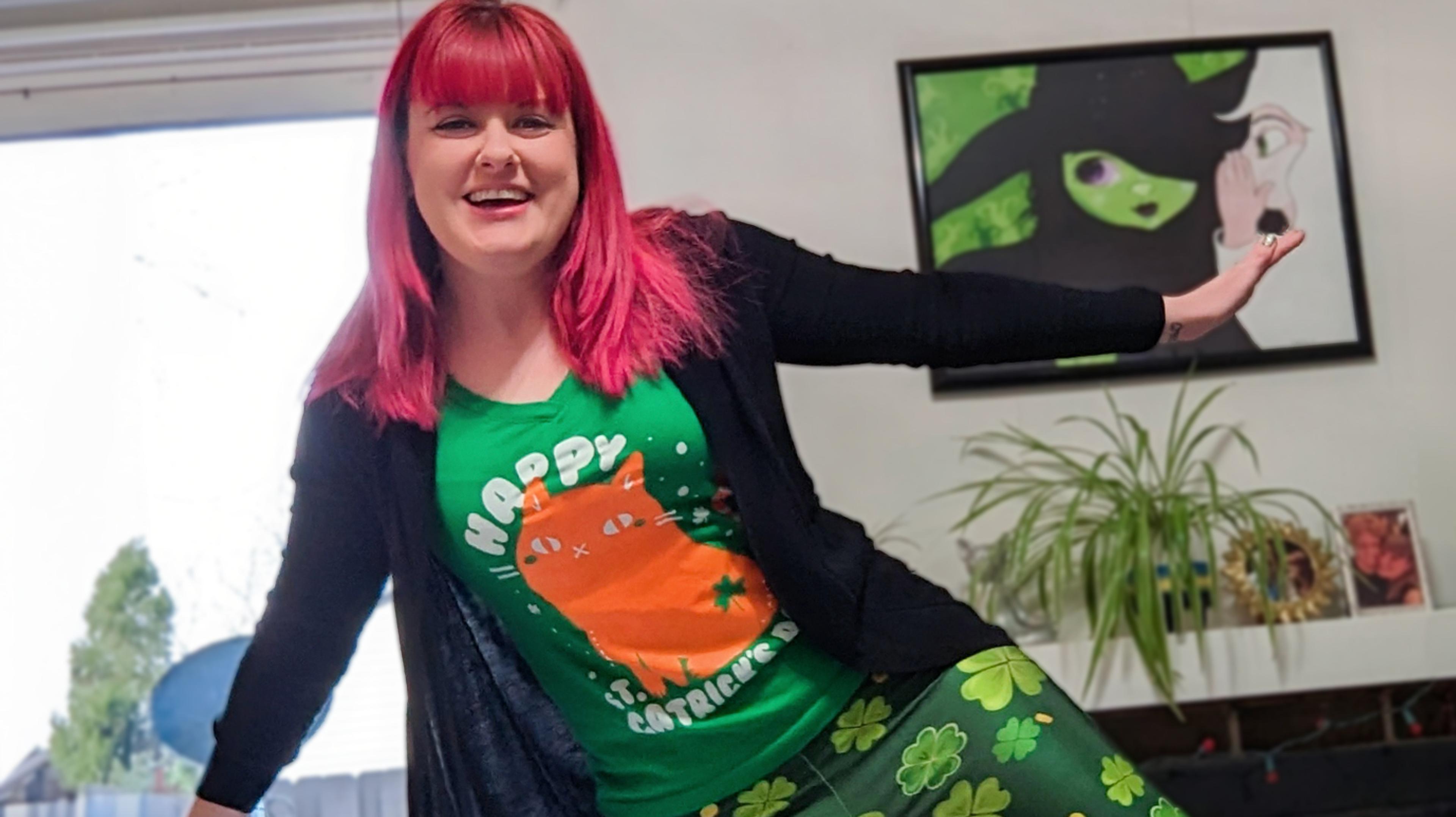Lifting the ‘Lead Blanket’ of Seasonal Affective Disorder
Amy Barczy
| 4 min read

As fall transitions to winter and the days grow shorter, the decrease in sunlight may have a deeper impact on your mental wellbeing than you realize.
About 6% of Americans – mostly those living in the northern half of the U.S. – are affected by Seasonal Affective Disorder (SAD), which you may know as seasonal depression. An additional 10% to 20% may have a mild form of SAD.
“Depression felt like a lead blanket,” said David Murray, a social media strategist at Blue Cross Blue Shield of Michigan who was diagnosed with major depression and as a result suffered from SAD. “It clouds your thoughts and clouds your mind.”
SAD is a form of major depression. What sets it apart from other depressive episodes is its timing: its onset coincides with a change in seasons. Most people with SAD experience symptoms beginning in the late fall to early winter, which can last until spring or early summer. It’s less common to experience seasonal depression in the summer, but it is possible.
To receive an official diagnosis of SAD, a person must meet all the criteria for major depression during a specific season for at least two years.
Major depression symptoms include: feeling hopeless or worthless, low energy, losing interest in activities you previously enjoyed, difficulty sleeping, changes in appetite or weight, feeling sluggish or agitated, difficulty concentrating and having frequent thoughts of death or suicide. Seasonal affective disorder symptoms in the winter also include low energy, hypersomnia – or sleeping all the time, overeating, weight gain, craving carbohydrates and social withdrawal.
There are several treatment options for SAD – one of which is light therapy. Other treatment options include cognitive behavioral therapy, medication as well as supplementing with vitamin D.
In light therapy, an incredibly bright artificial light is used to replace the sunlight that’s lost during the fall and winter months. Light boxes have a special blend of light – they don’t use ultraviolet rays but provide about 20 times the strength of regular indoor fluorescent lighting. Light therapy is meant to mimic the effect of natural sunlight, and can cause a change in your brain chemicals that are linked to your mood.
Two years ago, Murray and his psychiatrist tried out a different approach to help him cope with his seasonal affective disorder. His psychiatrist recommended adding light therapy into his regimen, in addition to medication and vitamin D supplements.
“The decision was to use all of the weapons available to you,” Murray said.
Sixty to 80% of people with SAD benefit from light therapy. The amount of light varies from person to person.
Murray uses a small session of light therapy in the morning during breakfast, and another session at night after work – and sometimes mid-day if the sky is particularly gloomy.
The effect isn’t immediate. It’s not as if a light switch turns on in your brain after sitting in front of the intensely bright light. It’s more of a health maintenance activity – like stretching after a run or taking a vitamin.
Murray is a runner and compares a lot of his mental health journey to running.
“There’s a feeling you get when you change out your old, worn out running shoes into a pair of brand-new shoes,” Murray said. “You know you’re doing something better for your arches in the long run by lacing up a new pair of shoes. There’s slightly more cushion, and you feel like you’re doing good by your feet.”
Murray says he now starts to add light therapy into his routine when the days start growing shorter in the fall.
But for Murray, light therapy alone didn’t cure his seasonal depression. It took a mix of medication and sessions with his psychiatrist to manage his depression. Ultimately, through working with his medical team, Murray was diagnosed with Type 2 Diabetes and he underwent three months of electroconvulsive therapy. As a result of the electroconvulsive therapy, Murray is no longer feeling the effects of SAD this winter season.
That’s why it’s important to treat seasonal depression as a medical issue, and to seek help from a professional, Murray said. Solutions may not be obvious, and it may take more than one type of treatment to fully lift that lead blanket of depression.
If you enjoyed this article, you may also enjoy:





